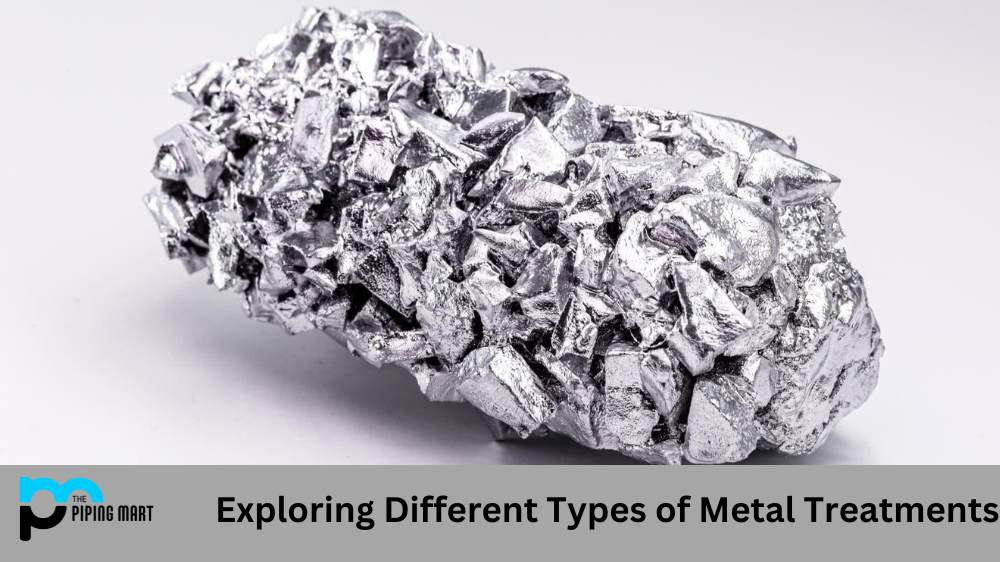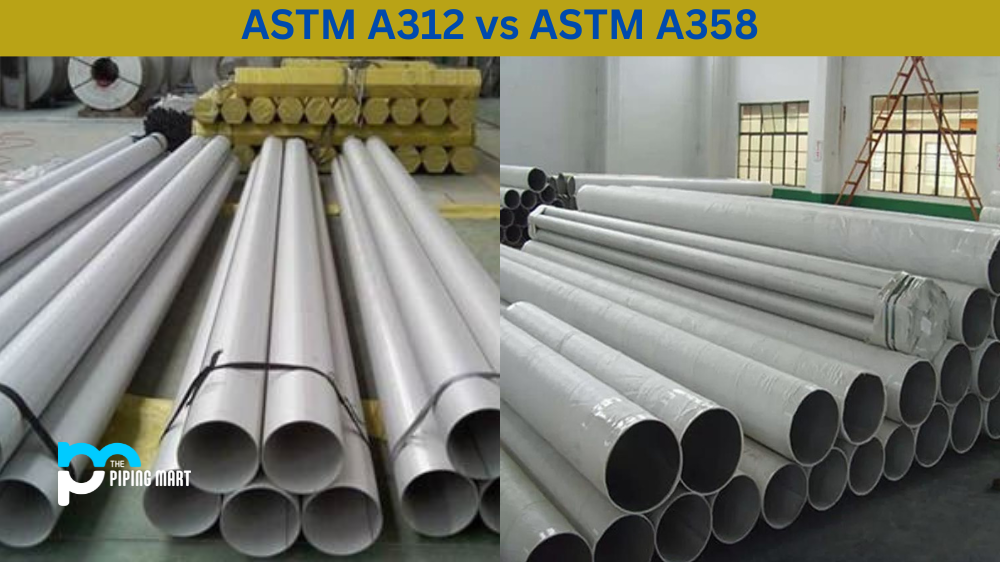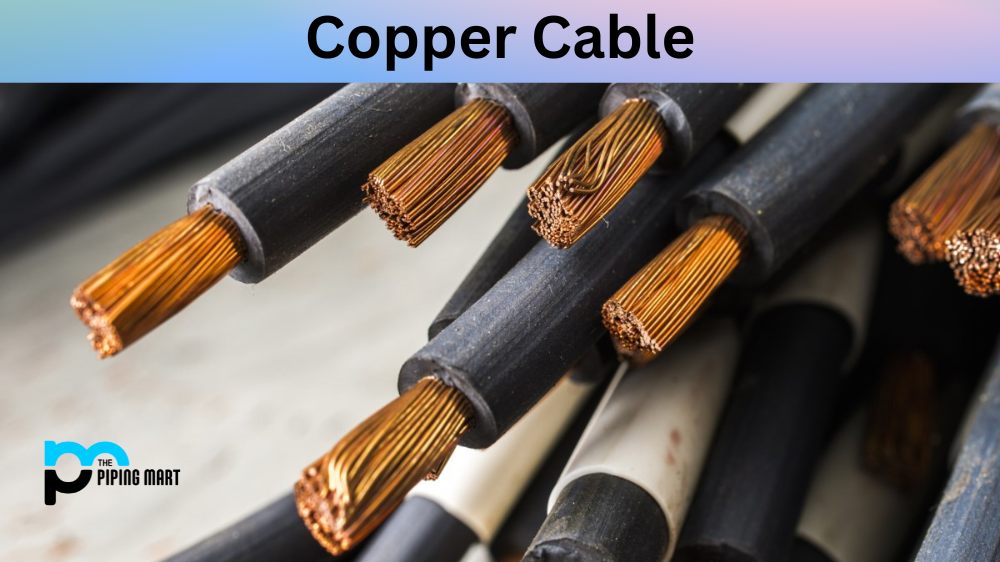Metal treatments are processes used to alter the properties of metal in order to improve its performance. In some cases, this can be done through heat treatment, which involves heating and cooling the metal in order to change its physical or chemical structure. In other cases, metal treatments may include the application of coatings or plating to create a protective layer on the surface. No matter what type of metal treatment is being used, it’s important to understand how these processes work and what they can do for you. Let’s take a look at some of the different types of metal treatments that are available.
Types of Metal Treatments
Heat Treatments
Heat treatments are used to improve the strength and durability of metals by changing their microstructure. This is done by heating the metal up to a certain temperature and then rapidly cooling it back down. This process can be applied to many metals including steel, aluminum, copper, and titanium. Heat treatments can also be used to make metals easier to machine or form into different shapes. The most common types of heat treatments include annealing, tempering, hardening, quenching, and stress relieving. Each type has its advantages and disadvantages that should be carefully considered before deciding which is suitable for your project.
Coatings & Plating
Coatings and plating are forms of metal treatment that involve applying thin layers of other materials onto the surface of a metal to protect it from corrosion or wear and tear. These coatings can range from paint and powder coating all the way up to electroplating with precious metals like gold or silver. The type of coating you choose will depend on your specific needs, but all coatings offer some level of protection against oxidation and cosmetic enhancement.
Surface Finishes
Surface finishes are another type of metal treatment that involves grinding down or polishing the surface in order to achieve a desired look or feel. Abrasive blasting is one method that can be used for this purpose, while sanding and polishing are other popular methods. Surface finishes can also be used for functional purposes, such as creating a smoother surface for sliding parts or reducing friction between two moving parts.
Conclusion:
Metal treatments are an important part of many industrial processes as they allow us to alter the properties or appearance of the material to better suit our needs. Heat treatments are often used for strength improvements, while coatings and plating provide corrosion protection and aesthetic enhancements. Depending on your requirements, surface finishes can also be applied to achieve specific looks or feels. Understanding these different types of metal treatments is essential when it comes time to select which is best suited for your project, so make sure you research before making any decisions!

Abhishek is a seasoned blogger and industry expert, sharing his insights and knowledge on various topics. With his research, Abhishek offers valuable insights and tips for professionals and enthusiasts. Follow him for expert advice on the latest trends and developments in the metal industry.




